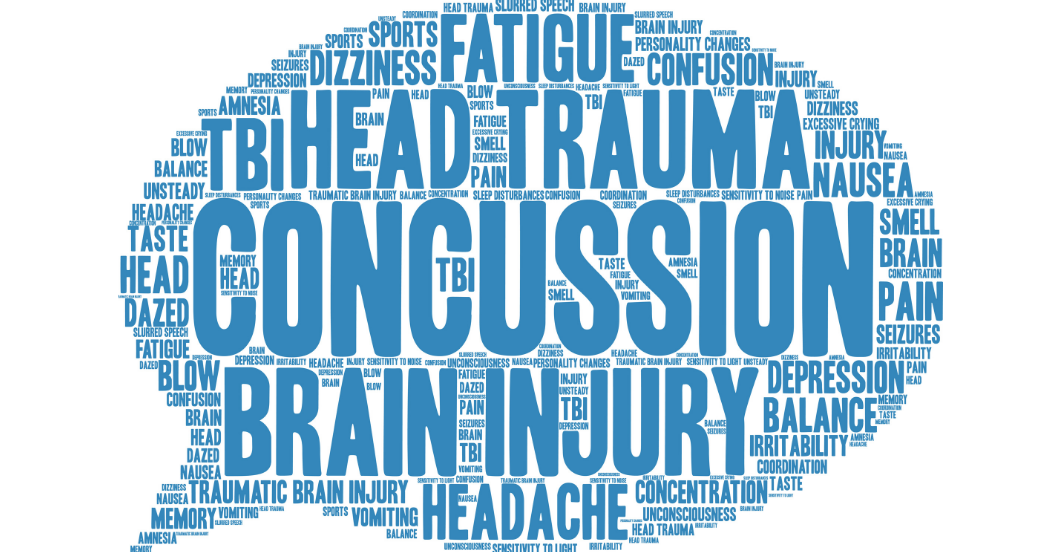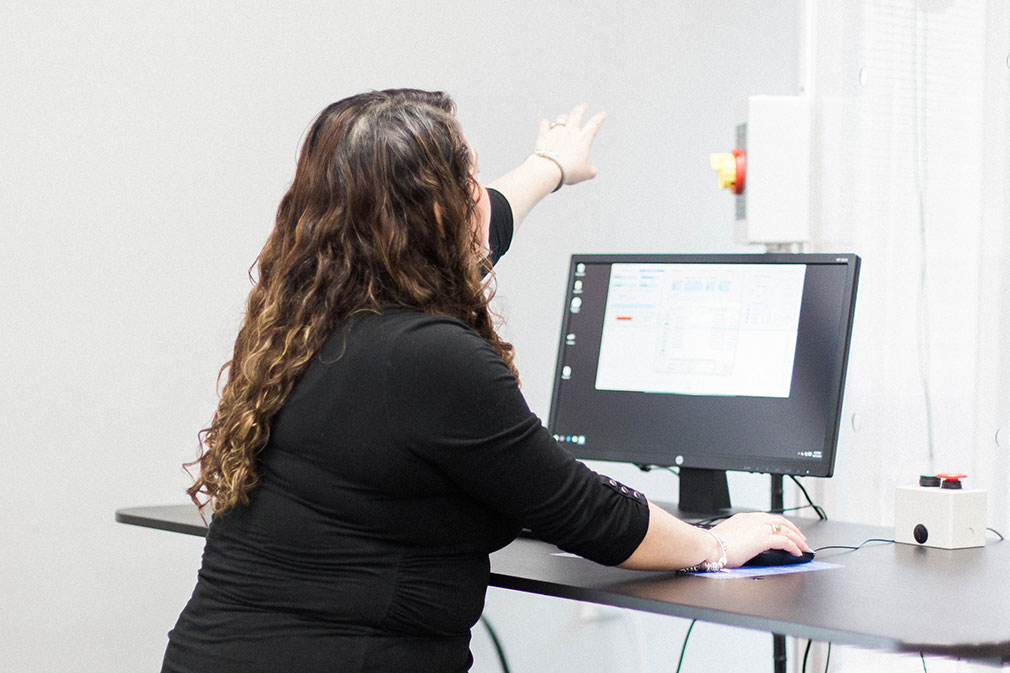
The Stats…
Multiple sclerosis (MS) affects more than 500,000 patients in North America and is associated with diminished quality of life and productivity. MS patients have central nervous system (CNS) lesions (or areas of abnormal structure and/or function) that may impede cognitive and sensorimotor function. The ability to appropriately walk and move has been used as a measurement of disease progression. As many as 40% of MS patients require walking assistance within 15 years of disease onset. The need for more effective and low cost therapies are needed for patients with MS.
The Benefits of Functional Electrical Stim
Functional electrical stimulation on various parts of the body has been shown to effectively improve the ability to walk. Research has shown that the tongue can be used as an effective interface for transmitting electrical signals to the brain and spinal cord. In recent research, patients who had disorders of their vestibular system experience improved balance combining electric tongue stimulation with balance exercises compared to patients who did not use any tongue stimulation and only used balance exercises. These improvements with electrical tongue stimulation have been suggested to be from improvements in brain activation related to balance and walking.
Connection Between Electrical Stimulation and the Brain
The Neurologic Wellness Institute uses a variety of non-invasive, low-intensity electric stimulation on various parts of the body. Each area of the body stimulates different areas of the brain and therefore may have different outcomes. This type of electric stimulation of the body has not only been shown to improve walking and balance, but also has been shown to improve blood flow to the brain and decrease inflammation.
For more information on the type of conditions, our clinicians help with, schedule a consult with one of our patient care coordinators.
Leonard et al. Noninvasive tongue stimulation combined with intensive cognitive and physical rehabilitation induces neuroplastic changes in patients with multiple sclerosis. 2017.




